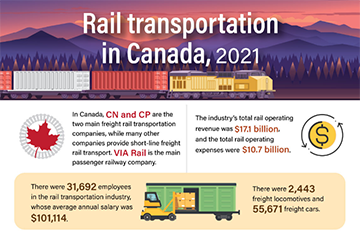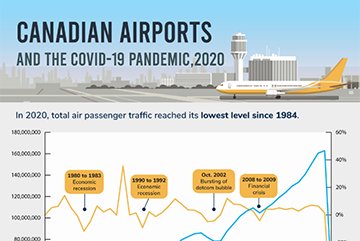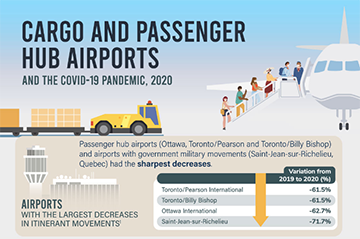Second Canadian Statistics Advisory Council (CSAC) Meeting
Date: September 27 2019, 8:30-4:30pm
Location: The Ivan P. Fellegi Conference Room, 26th floor, R.H. Coats Building, 100 Tunney's Pasture Driveway, Ottawa
CSAC members
Dr. Teresa Scassa (Chairperson), Gurmeet Ahluwalia, Anil Arora, David Chaundy, Annette Hester, Jan Kestle, Dr. Céline Le Bourdais, Gail Mc Donald, Dr. Howard Ramos, Dr. Michael Wolfson
External guests
- Patricia Kosseim, Counsel, Privacy and Data Management, at Osler, Hoskin, and Harcourt LLP
- Ted Tunis, Facilitator, E.S. Tunis & Associates
- Simon Kennedy, Deputy Minister of Innovation, Science and Economic Development
- Pierre Therrien, Senior Director, Economic Analysis and Research, Innovation, Science and Economic Development
Statistics Canada guests/support
Melanie Forsberg, Monia Lahaie, Jacques Fauteux, Lynn Barr-Telford, Martin St-Yves, Stephane Dufour, Steven McRoberts, Etienne Saint Pierre, Eric Rancourt, Kathleen Mitchell, Gabrielle Beaudoin, Linda Howatson-Leo
Meeting agenda
Meeting agenda
| Time |
Agenda Item |
Participant(s) |
|---|
| 8:00 - 8:30 |
Arrivals and Coffee |
CSAC Members |
|---|
| 8:30 - 9:00 |
Recap of first CSAC Meeting and Roundtable |
Teresa Scassa: Chairperson
CSAC Members |
|---|
| 9:00 - 9:30 |
Communications Protocol |
Jacques Fauteux: Assistant Chief Statistician |
|---|
| 9:30 - 10:00 |
Update on administrative data projects and implementation of proportionality framework |
Eric Rancourt: Director General |
|---|
| 10:00 - 10:15 |
Health Break |
|---|
| 10:15 - 11:00 |
Privacy briefing |
Patricia Kosseim: Counsel, Privacy and Data Management, at Osler, Hoskin, and Harcourt LLP |
|---|
| 11:00 - 11:30 |
Update on health data access |
Lynn Barr-Telford: Assistant Chief Statistician |
|---|
| 11:30 - 12:00 |
Overview of Statistics Canada's Governance and Accountabilities |
Monia Lahaie: Assistant Chief Statistician |
|---|
| 12:00 - 13:00 |
Working Lunch with Special Guest, Simon Kennedy: Deputy Minister, Innovation, Science and Economic Development |
CSAC Members |
|---|
| 13:00 - 13:45 |
Discussion on Way Forward for the Council
In camera discussion
|
Ted Tunis: Facilitator |
|---|
| 13:45 - 14:00 |
Health Break |
|---|
| 14:00 - 16:00 |
Continuation of Discussion on Way Forward for the Council
In camera discussion
|
Ted Tunis: Facilitator |
|---|
| 16:00 - 16:30 |
Future Business
In camera discussion
|
Teresa Scassa: CSAC Chairperson |
|---|
Meeting summary
1. Recap of first CSAC Meeting and Roundtable
Dr. Teresa Scassa opened the meeting by welcoming members and guests to the second Canadian Statistics Advisory Council meeting. She provided an overview of the first meeting and reiterated that the Council will produce an annual report by Fall 2020. The Council described the importance of transparency in their work and their intention to publish agendas and minutes online.
2. Communications Protocol
Jacques Fauteux, Assistant Chief Statistician of Strategic Engagement and Communications, Statistics Canada
Jacques Fauteux outlined to Council members communication protocols within the Canadian federal government. He made reference to a number of policies (Policy on Communication and Federal Identity) and the Official Languages Act. As an independent council, the Council or members may be called upon to comment on issues related to matters related to Statistics Canada. Mr. Fauteux referenced the Council's Terms of Reference and explained how it could be a tool to guide members.
3. Update on administrative data projects and implementation of proportionality framework
Eric Rancourt, Director General of Methodology, Statistics Canada
Eric Rancourt provided Council members with an update on the banking financial transaction pilot, the credit data project and the application of a proportionality framework for privacy. CSAC members provided feedback and advice on the implementation of this new framework.
4. Privacy Briefing
Patricia Kosseim, Counsel, Privacy and Data Management, at Osler, Hoskin, and Harcourt LLP
Ms. Kosseim reviewed the statutory framework related to privacy in the public sector (Statistics Act, Privacy Act, PIPEDA). She shared some observations about the privacy landscape within the private and public sector, drew international comparisons and observations and discussed the potential implications for Statistics Canada.
5. Update on health data access
Lynn Barr-Telford, Assistant Chief Statistician of Social, Health and Labour Statistics, Statistics Canada
Lynn Barr-Telford provided a summary and update about access to health data as it relates to the Canadian Community Health Survey (CCHS) and a recent New Brunswick court decision, and asked CSAC members for advice on engagement with partners.
6. Overview of Statistics Canada's Governance and Accountabilities
Monia Lahaie, Assistant Chief Statistician of Corporate Services, Statistics Canada
Monia Lahaie presented Statistics Canada's accountability framework, including enabling governance which supports strategic decision making and the international and subject matter advisory committees that help the agency ensure high quality data.
7. Discussion on Way Forward for the Council
Ted Tunis, Facilitator, E.S. Tunis & Associates
Council members had the opportunity to develop a strategic framework, identify priority issues and plan for their annual report. Members discussed the council's mandate, mission statement and values. The group identified potential topics of focus for the annual report. In addition, two subcommittees were created. One will focus on privacy (Jan Kestle, Teresa Scassa) and the other on access to microdata and engagement (Michael Wolfson, Celine Le Bourdais and Howard Ramos).
8. Future Business
Dr. Teresa Scassa, Chairperson of CSAC
Dr. Teresa Scassa completed the meeting with closing remarks. She thanked members and Statistics Canada staff for their continuous support in CSAC matters. Member availability is being compiled to establish upcoming meeting dates aligned with the proposed timelines discussed in the afternoon.

 Business dynamics
Business dynamics Business ownership
Business ownership Financial statements and performance
Financial statements and performance Governance and sustainability
Governance and sustainability



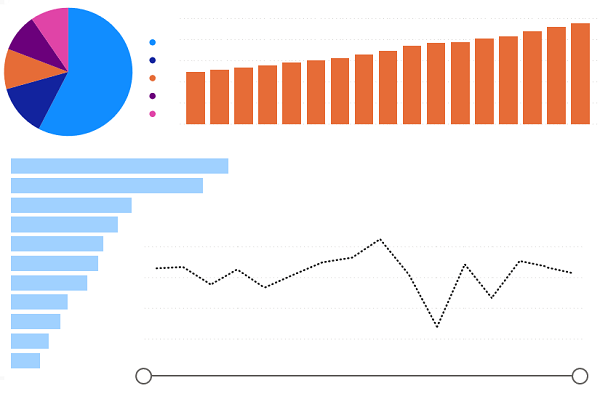
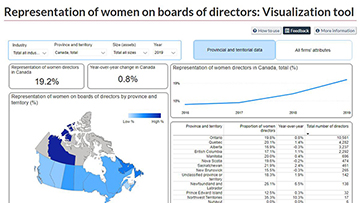
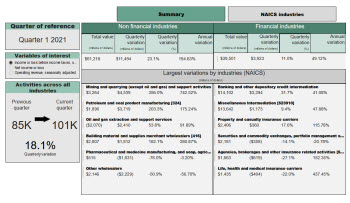
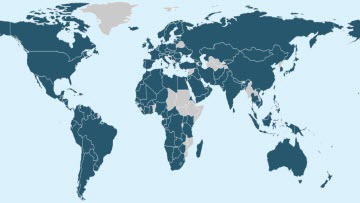



 Electricity and renewable energy
Electricity and renewable energy Energy supply and use
Energy supply and use Fossil fuels
Fossil fuels Pipelines
Pipelines






 Merchandise imports and exports
Merchandise imports and exports Service imports and exports
Service imports and exports Trade by exporter and importer characteristics
Trade by exporter and importer characteristics Trade by multinational enterprises
Trade by multinational enterprises


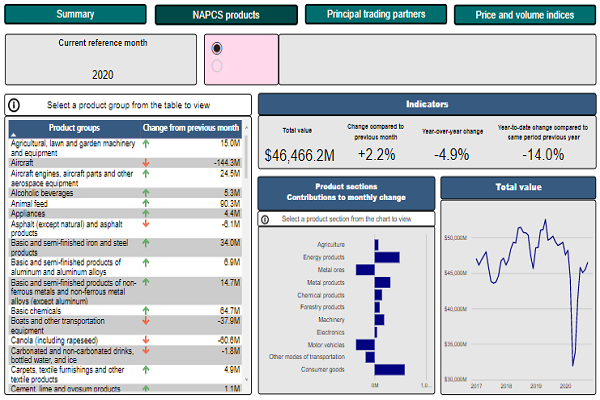
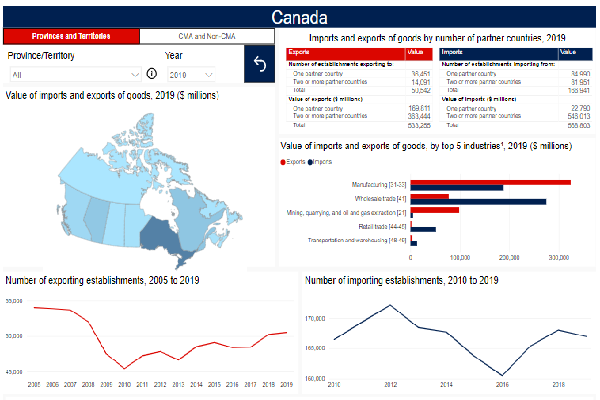

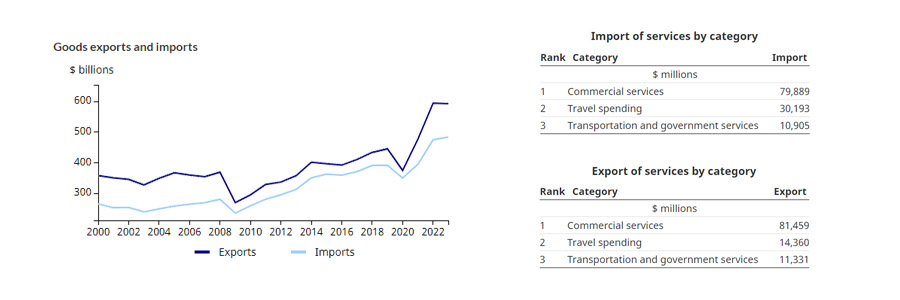


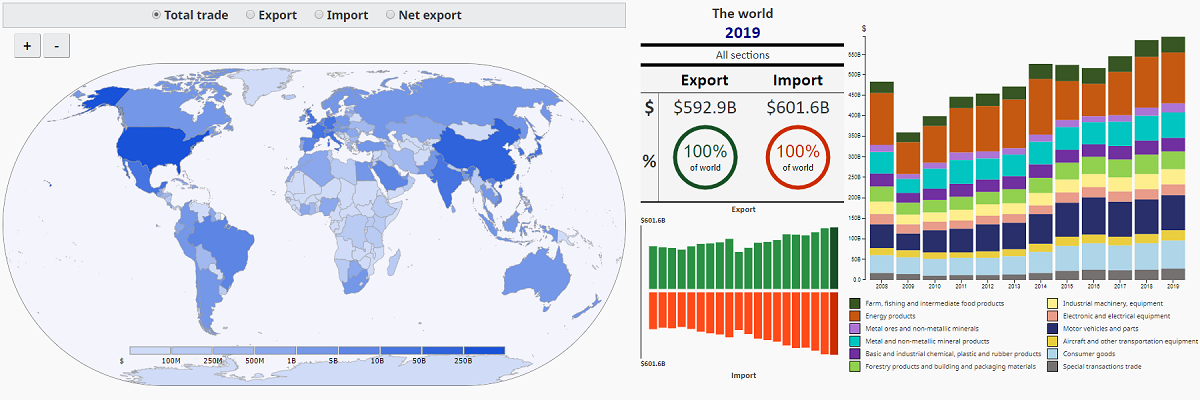



 Air transportation
Air transportation Couriers and messengers
Couriers and messengers Rail transportation
Rail transportation Road transportation
Road transportation Water transportation
Water transportation Other content related to Transportation
Other content related to Transportation
